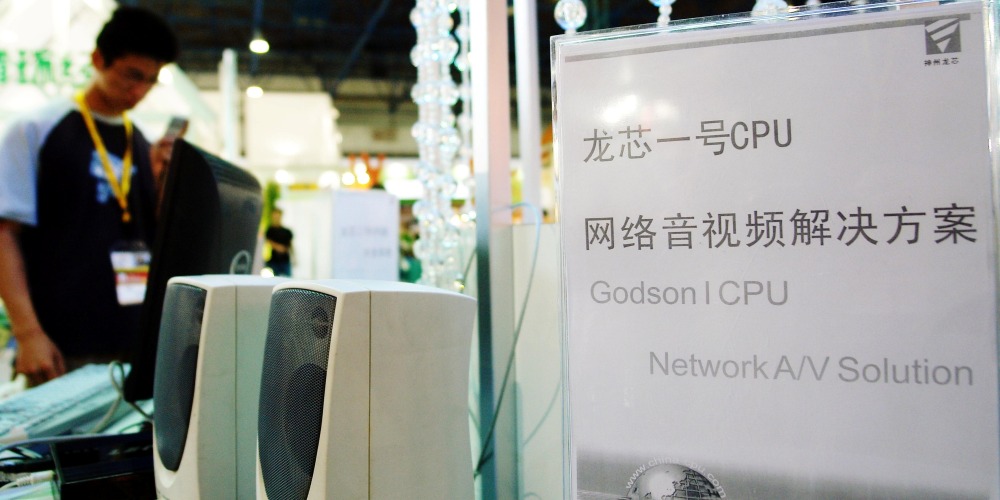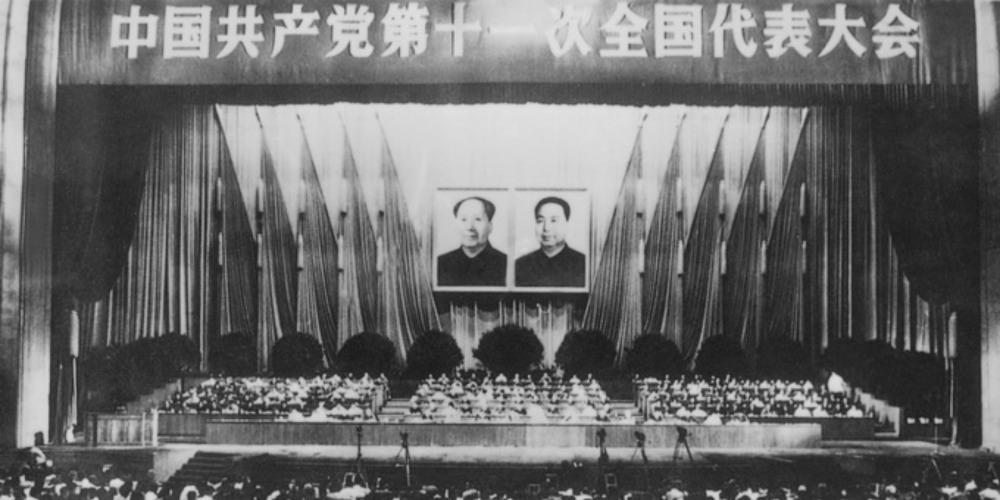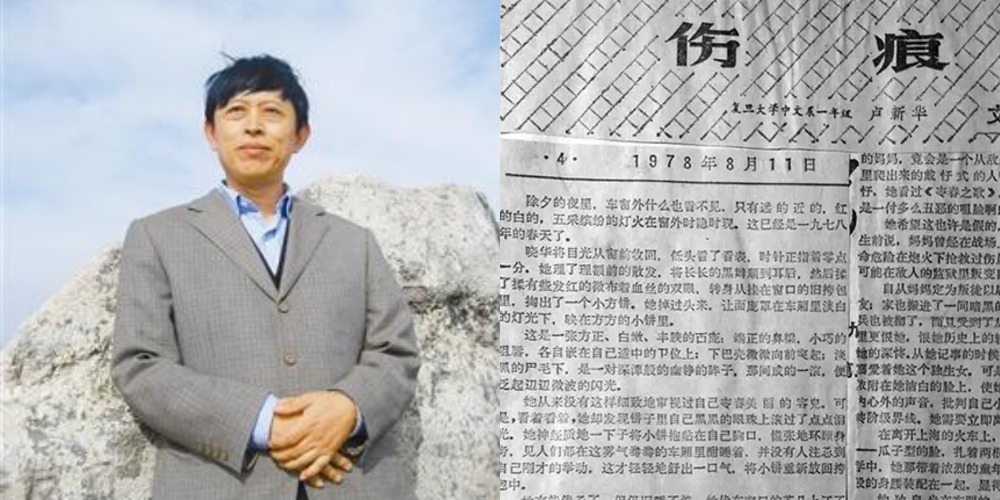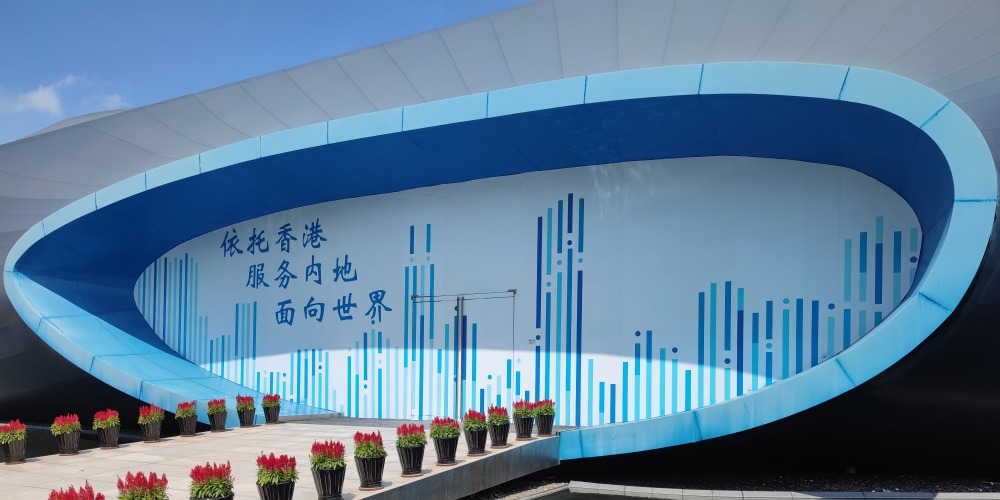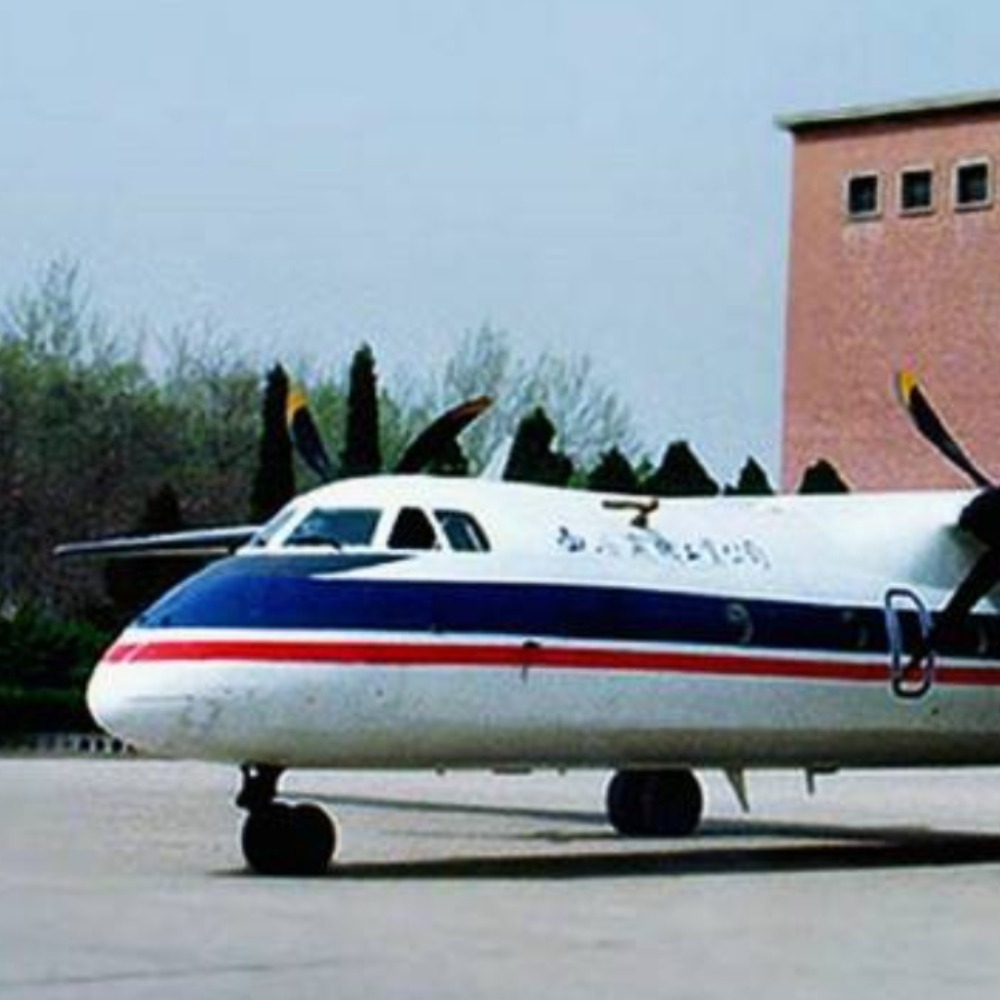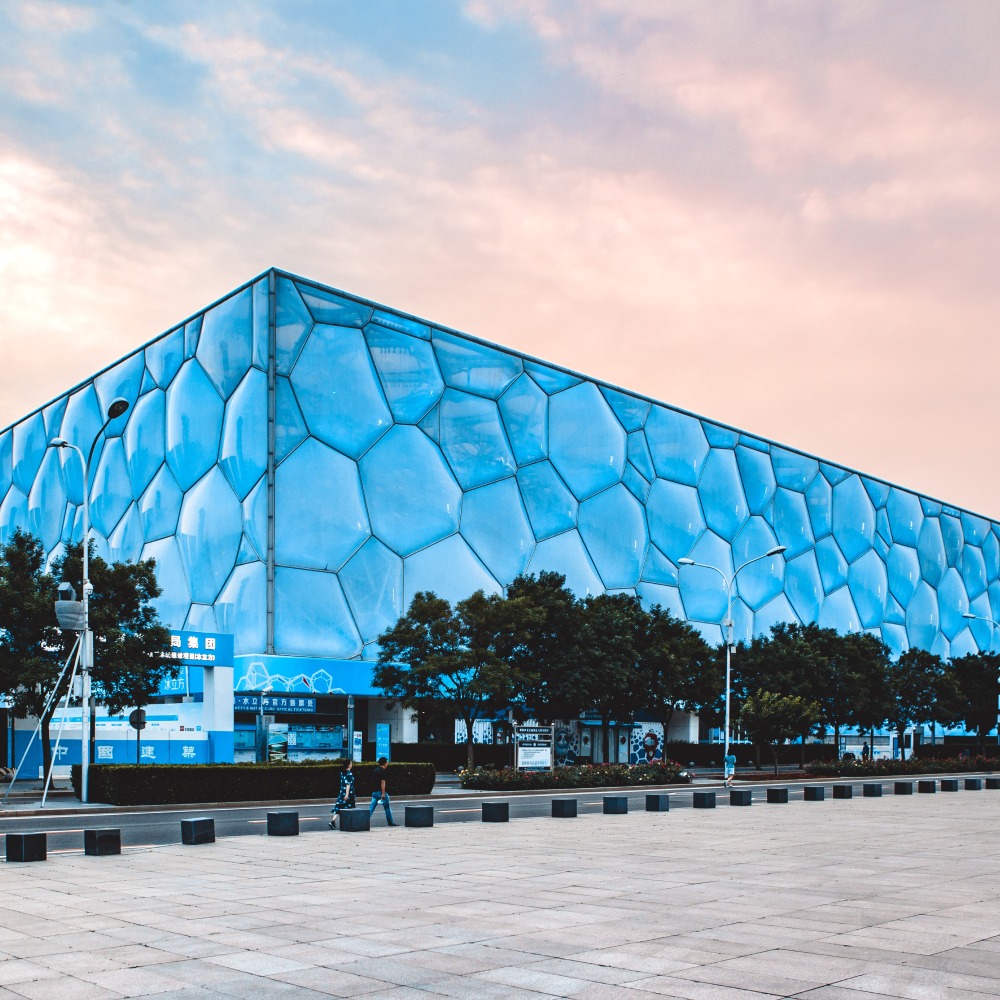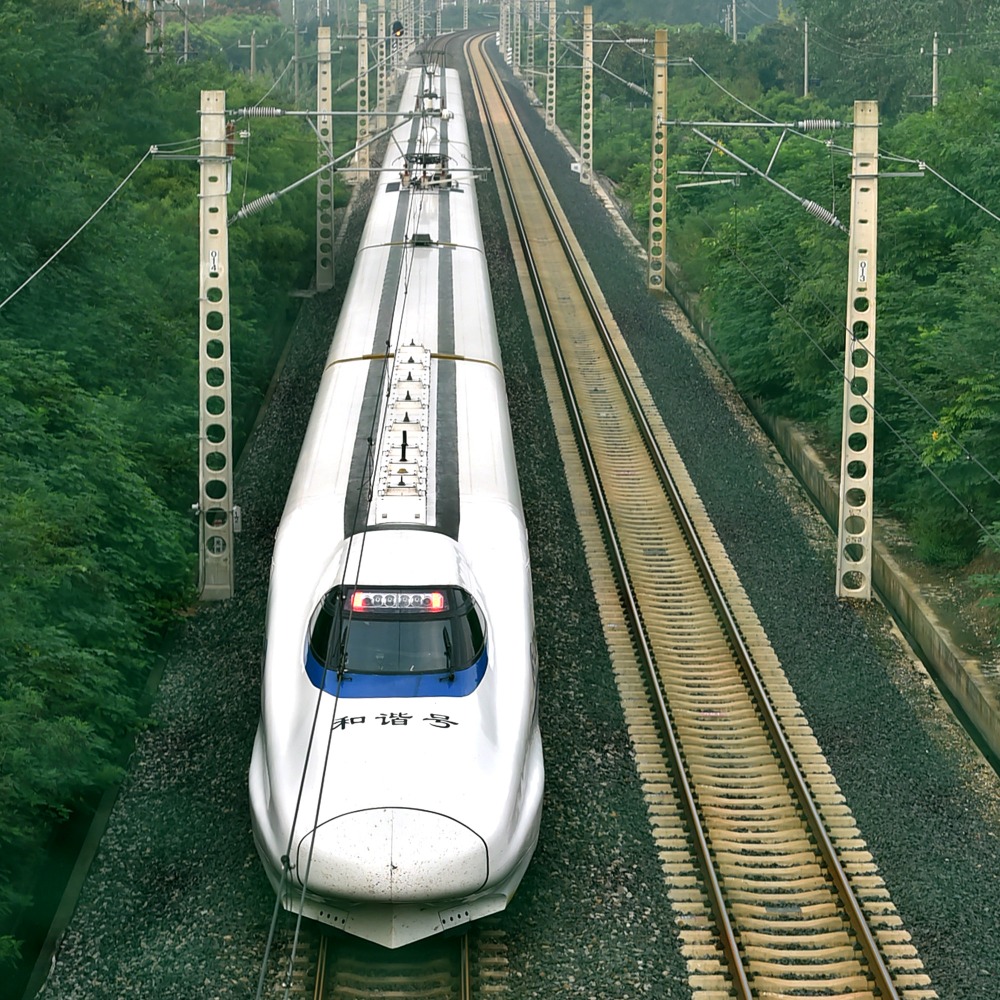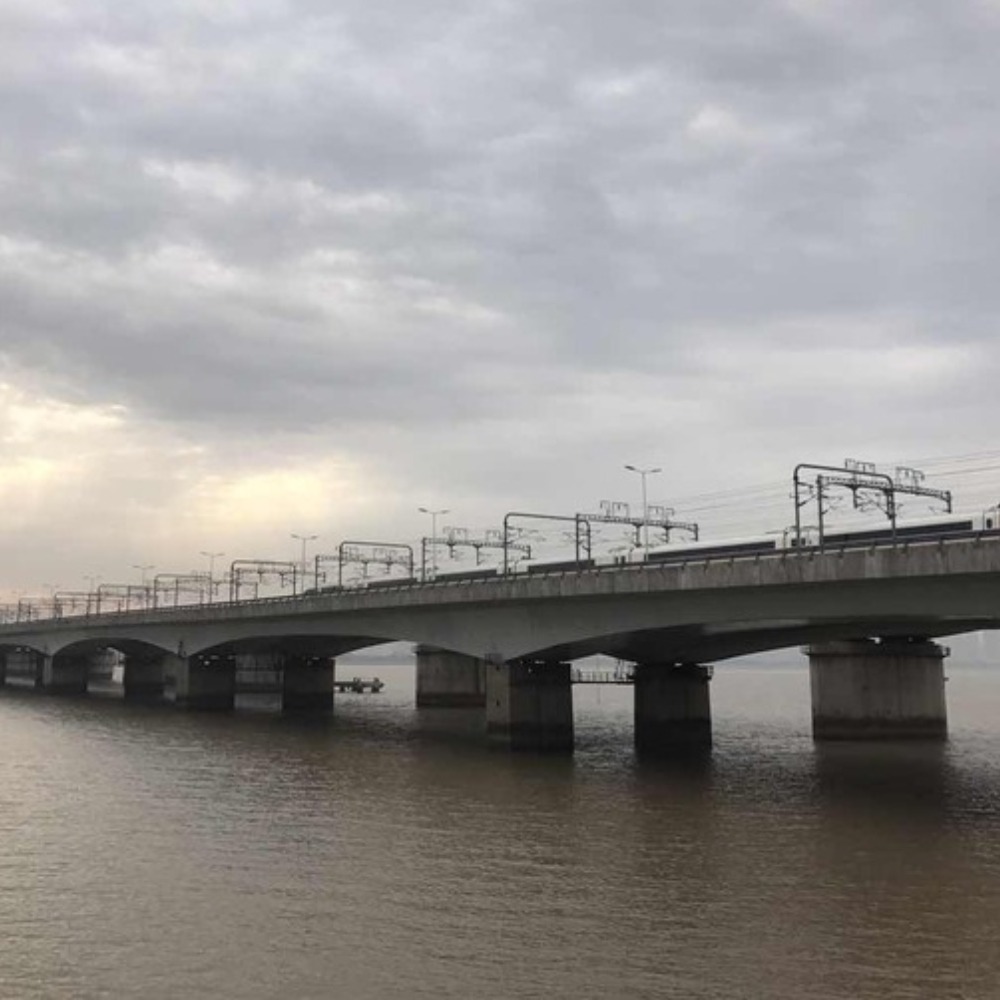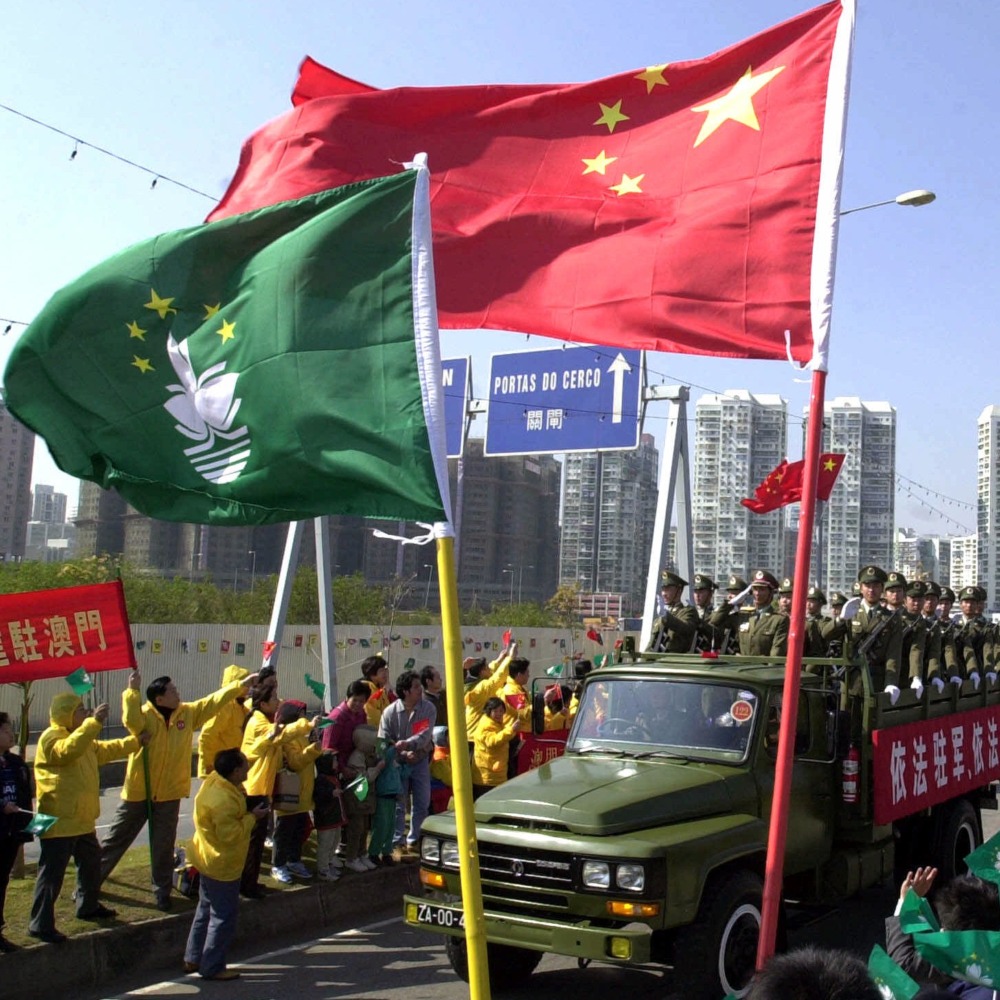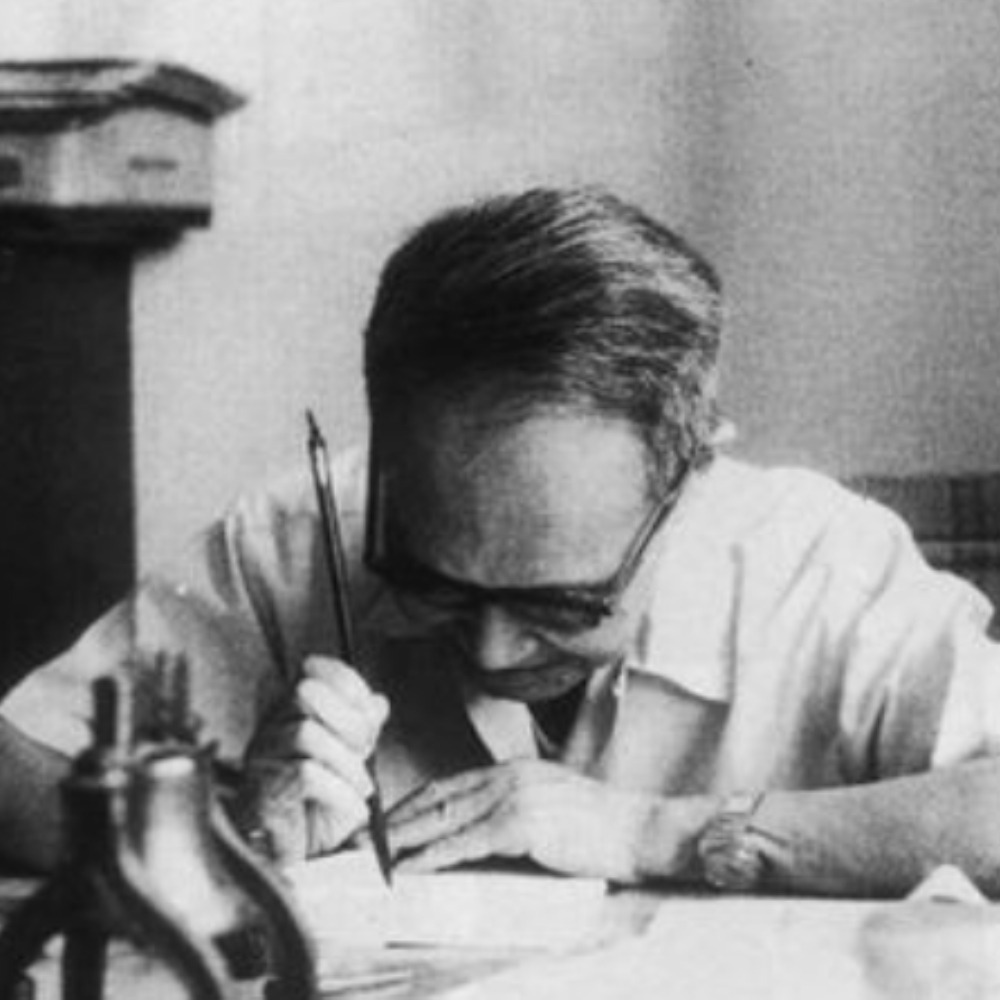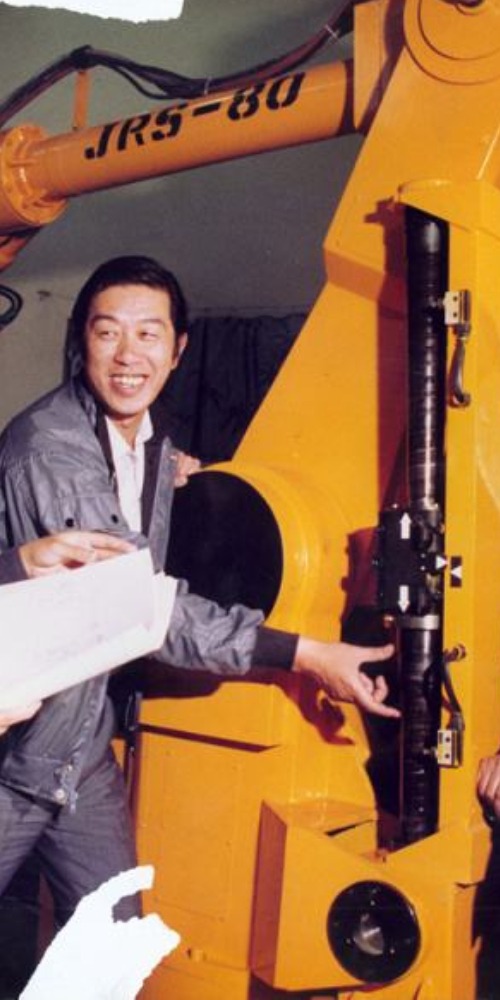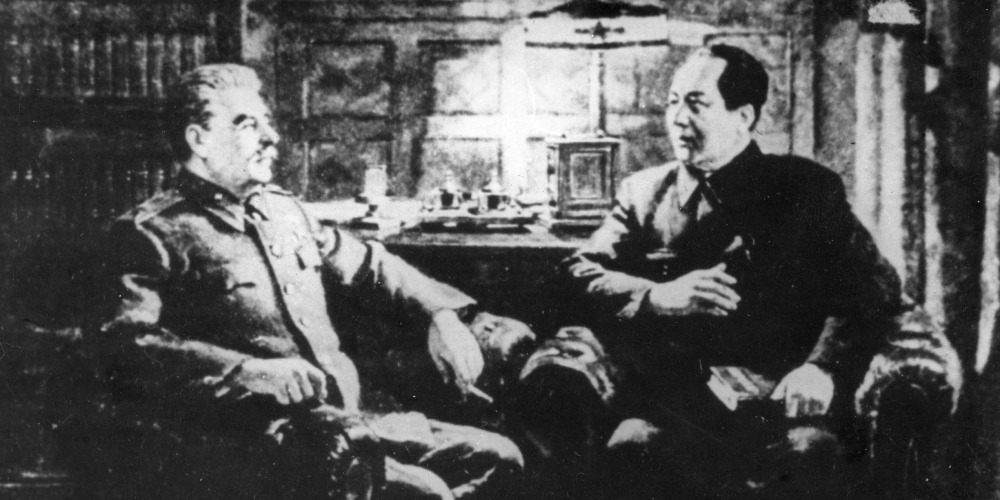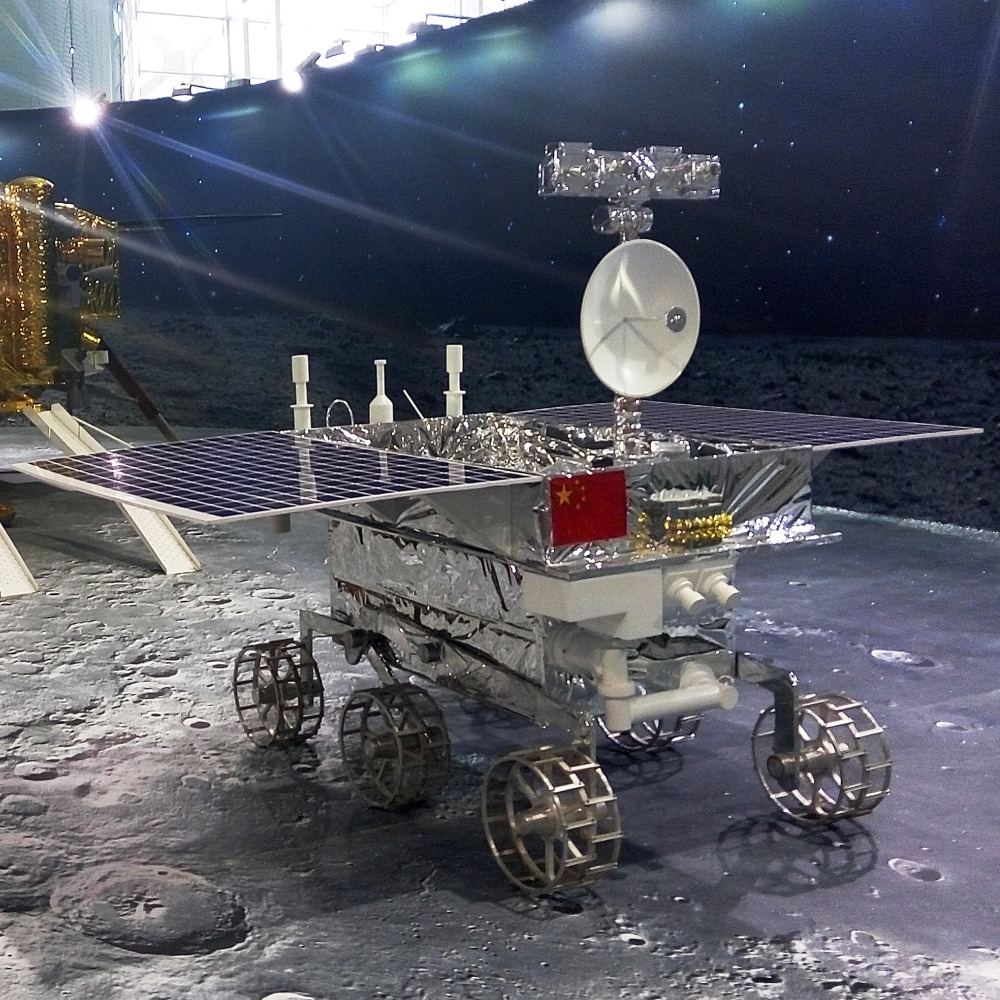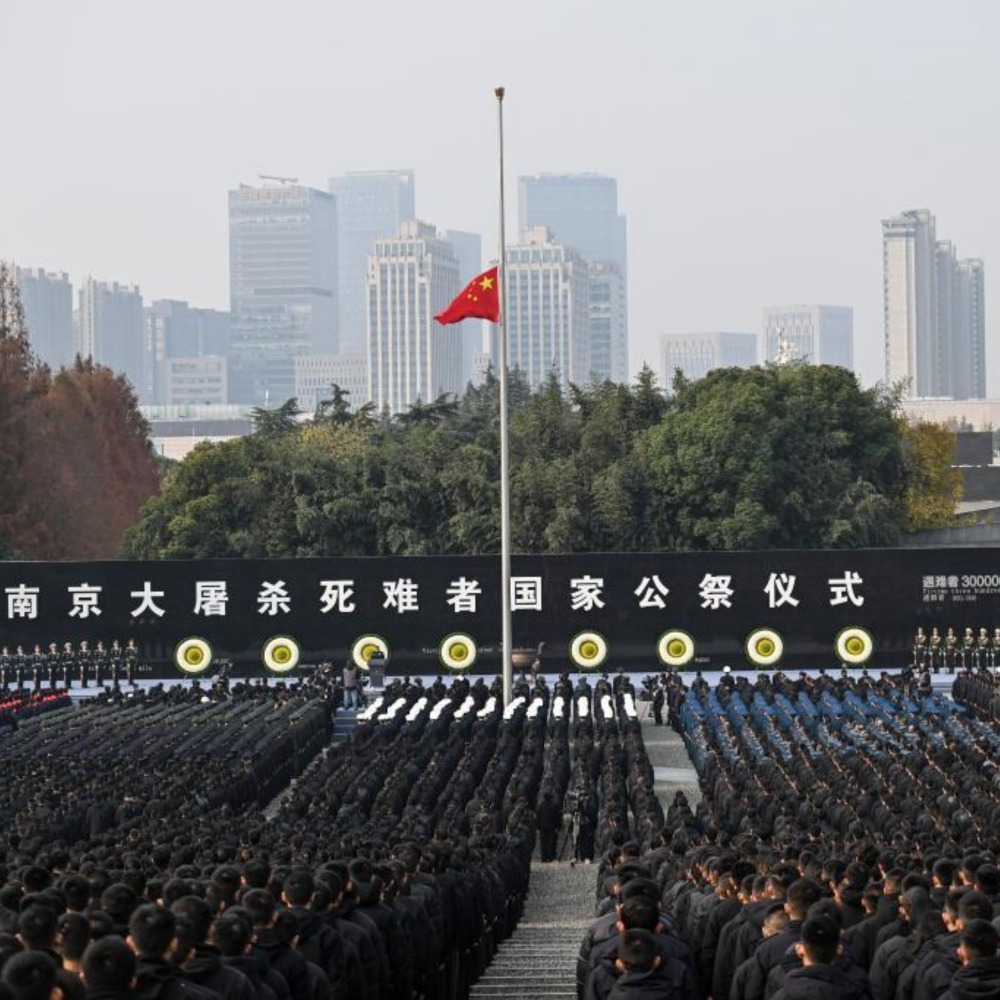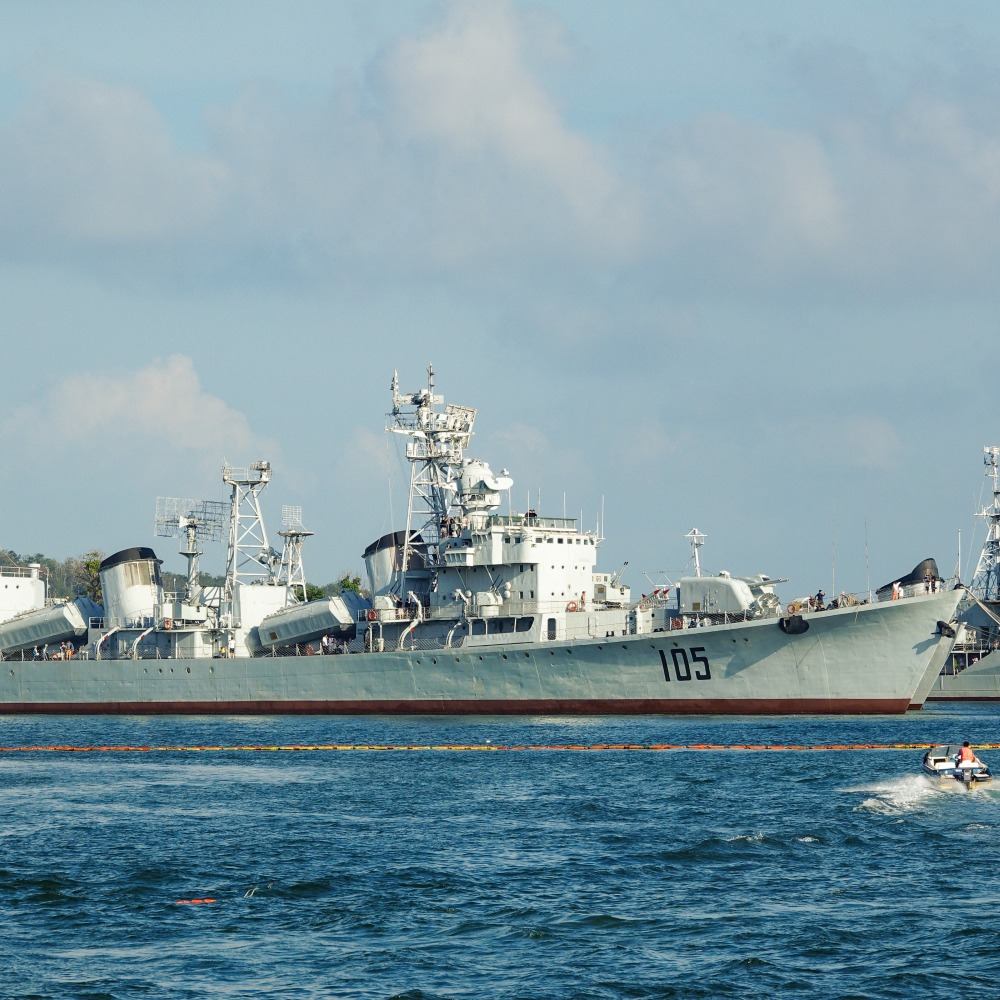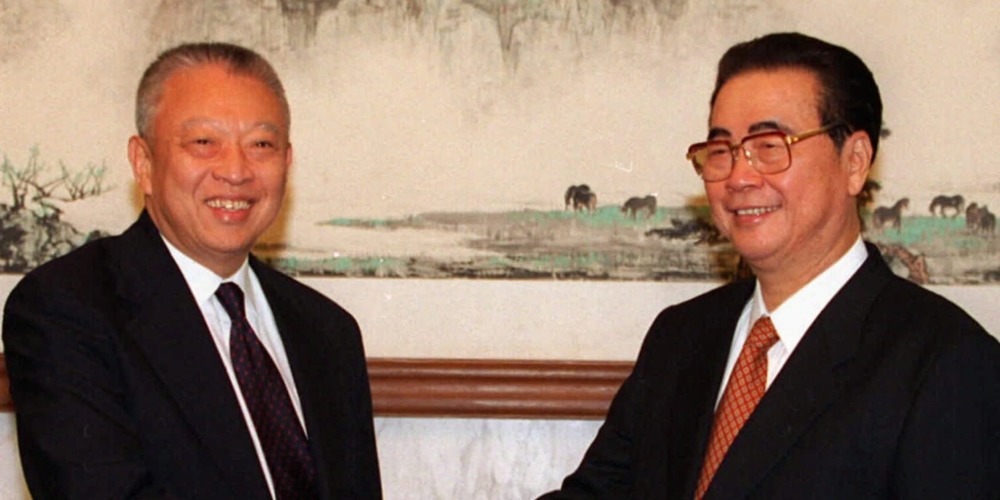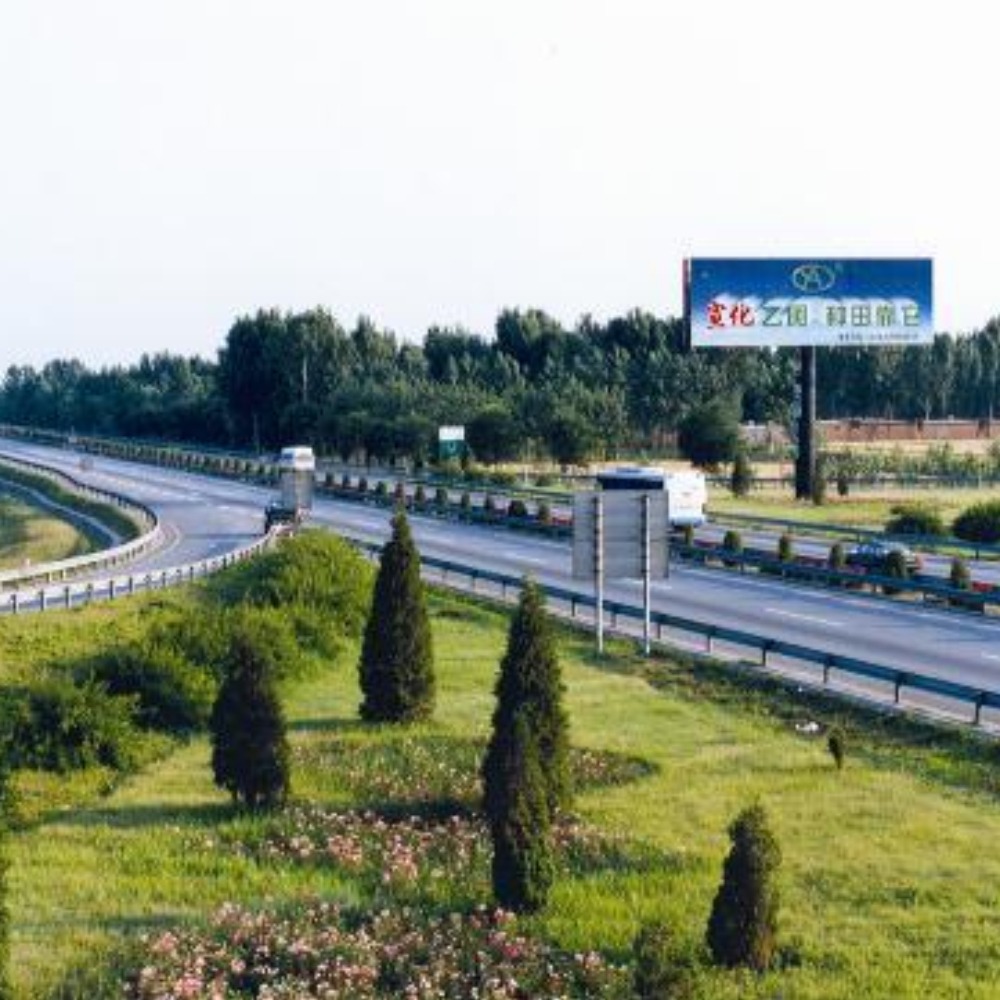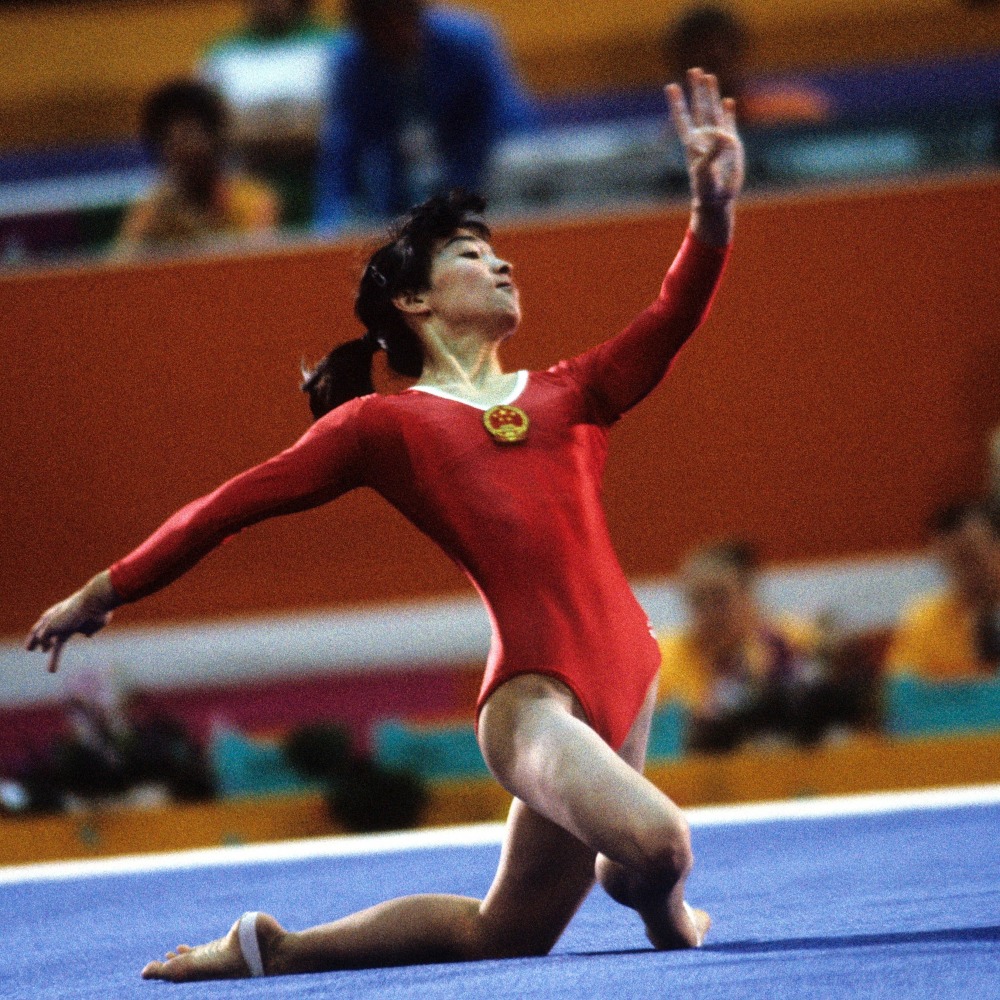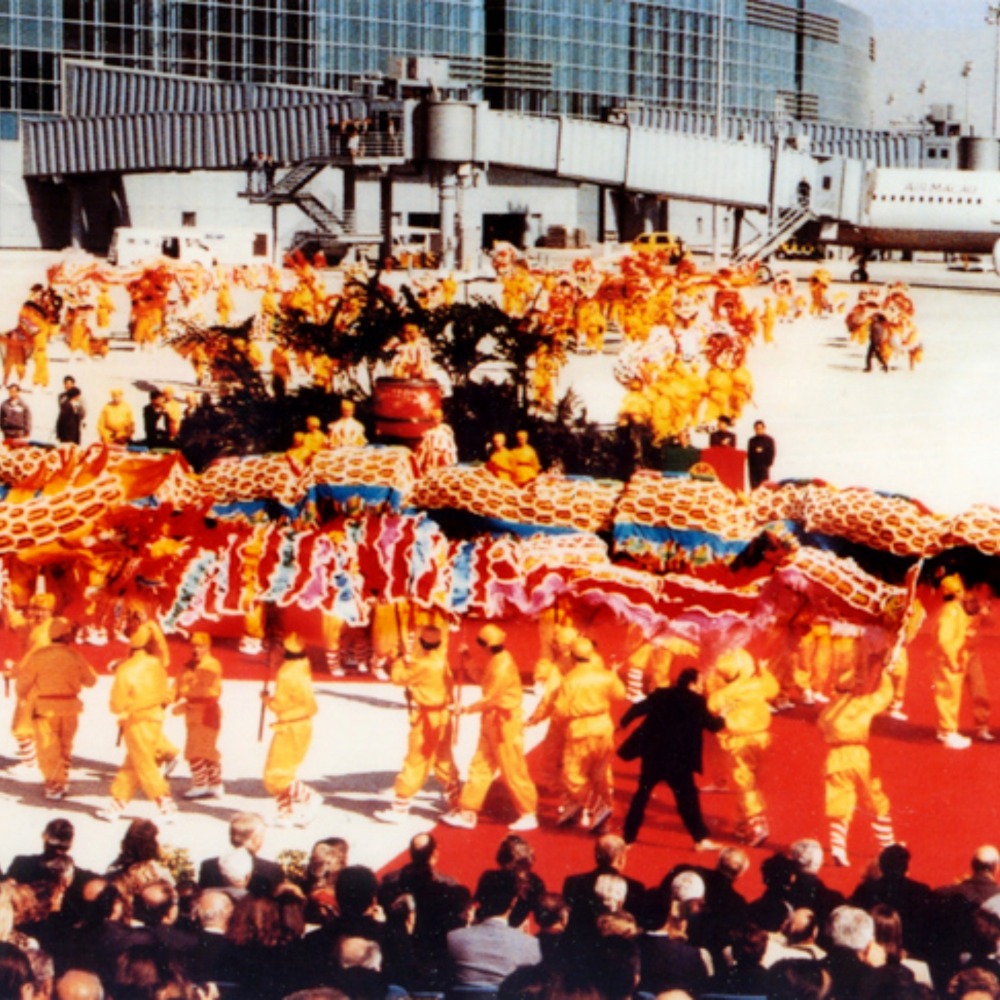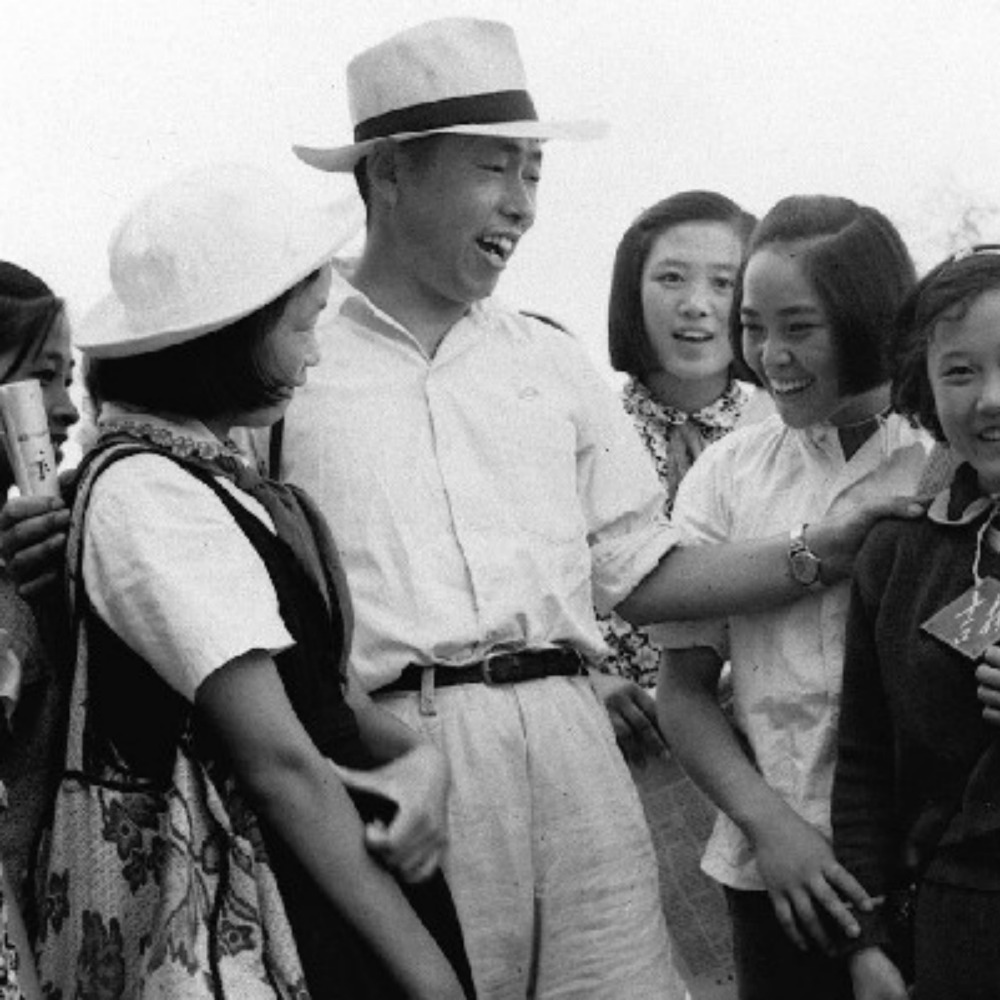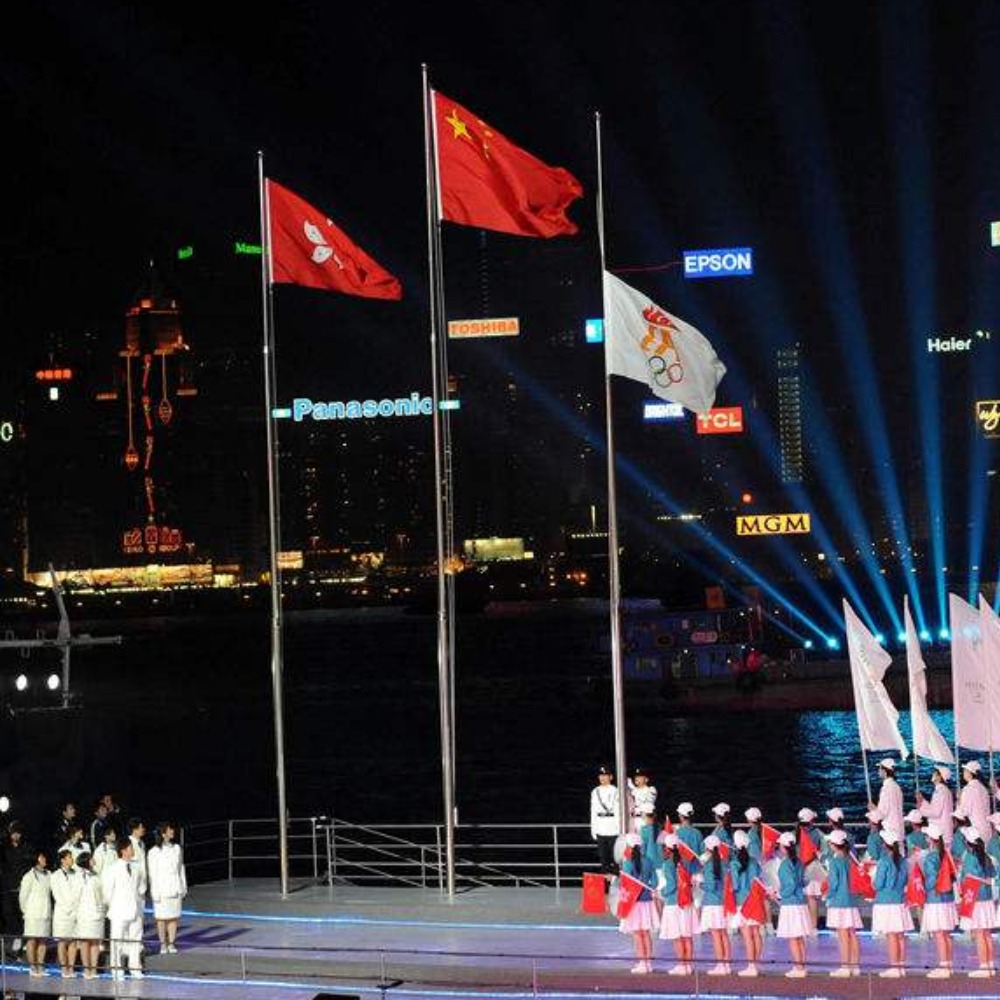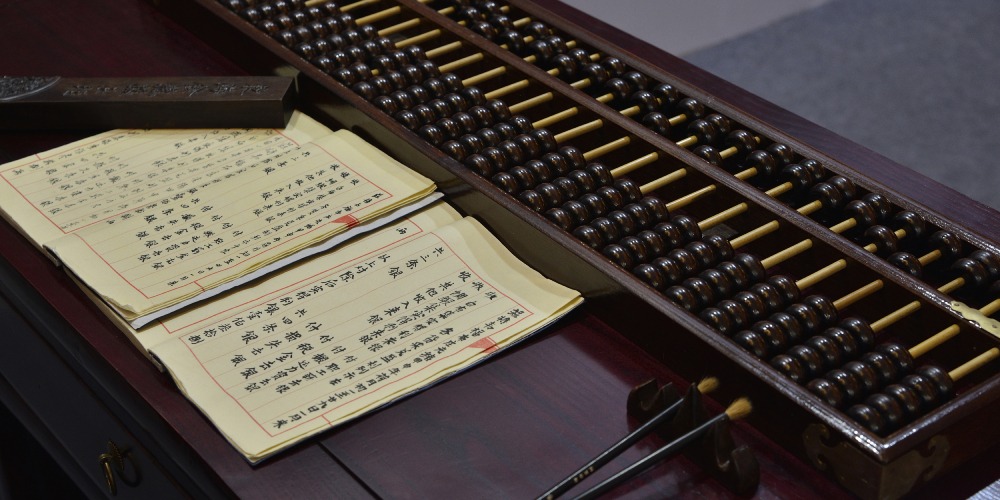Published : 2024-08-10
On August 10, 2002, a computer equipped with China's first fully proprietary general-purpose processor, the "Loongson 1" (龍芯一號), was successfully started and operating programmes.
The research and development of domestic processors was initially commissioned by the then director of the Institute of Computing Technology, Chinese Academy of Sciences, academician Li Guojie (李國杰), who allocated 1 million CNY from the research fund and entrusted it to Hu Weiwu (胡偉武), a 32-year-old researcher at that time. Hu later became the chairman of Loongson Technology Co., Ltd.
The overall performance of the Loongson 1 was only half that of Intel's Pentium II, a product launched in May 1997. However, the completion of the Loongson 1 marked the journey of China's general-purpose processors from non-existence to existence, instilling great confidence in the R&D team.
In 2004, Loongson 2, developed under the leadership of Hu Weiwu, reached the performance level of a Pentium III.
As of 2022, the Loongson series of processors has evolved into its third generation. The latest model is the 3C5000, which uses the LoongArch instruction set, adopts a 12nm process, and has 16 cores, with frequencies ranging from 2.0GHz to 2.2GHz.
